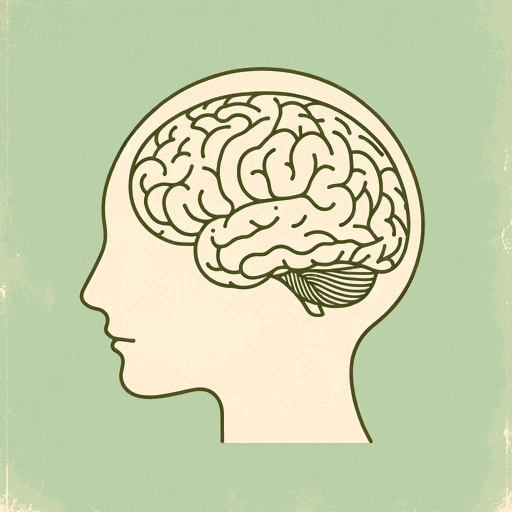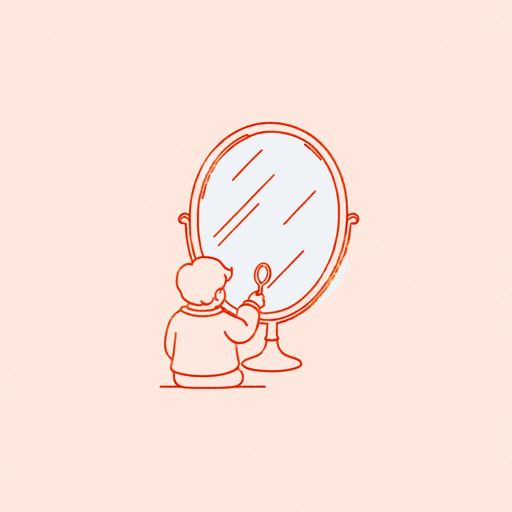62 pages • 2 hours read
Frances E. Jensen, Amy Ellis NuttThe Teenage Brain: A Neuroscientist's Survival Guide to Raising Adolescents and Young Adults
Nonfiction | Book | Adult | Published in 2014A modern alternative to SparkNotes and CliffsNotes, SuperSummary offers high-quality Study Guides with detailed chapter summaries and analysis of major themes, characters, and more.
Chapters 3-5Chapter Summaries & Analyses
Chapter 3 Summary: “Under the Microscope”
The brain is packed with 100 billion neurons that communicate with one another to create movement, thoughts, and emotions. Jensen explains that as new information is learned, neurons change, producing “more synapses and receptors” (47). Humans have the largest number of neurons at birth in order to absorb the influx of new stimuli at this developmental stage. However, few connections have developed between them.
When a neuron receives a stimulus, an electrical signal is sent through the dendrite (an extending branch of the neuron). Chemical messengers (neurotransmitters) are then released from one neuron to another across the junction between them (the synapse). Glia (helper cells) keep neurons in optimal condition by nourishing them, fighting infections, and cleaning up surplus chemicals. Oligodendrocytes build myelin around neurons’ axons, enabling signals to be transmitted more quickly.
After birth, the human brain rapidly creates new synapses. This swift burst of development allows infants to learn vital skills such as facial recognition, color perception, and the ability to grasp objects. During childhood, the gray matter becomes denser as new neural connections are created. In teenagers, the density of gray matter accelerates learning, but Jensen explains that it can also lead to “cognitive dissonance.


